In the last post we embarked together on a journey through the labyrinth of task management. I described what I consider to be good task management and presented various methods and tools that can help with task management, e.g. Getting-Things-Done (GTD).
To give us a better orientation, I have gathered the perspectives of my colleagues. Their valuable expertise could also be an inspiring source for you. Below, I share my colleagues' experiences with their personal task management.
Frank Eberhard uses a mix of methods for his task management
For larger tasks, such as preparing workshops, Frank uses a personal Kanban board. He uses color coding according to the origin of the task and a progress indicator. The special feature: A timeline on the cards gives him information about the remaining working days until the deadline. For smaller to-dos, he uses Todoistinspired by David Allen's Getting Things Done method. Frank recommends identifying the scarce resource to be organized, in his case the time available for the overlapping workshop preparations.
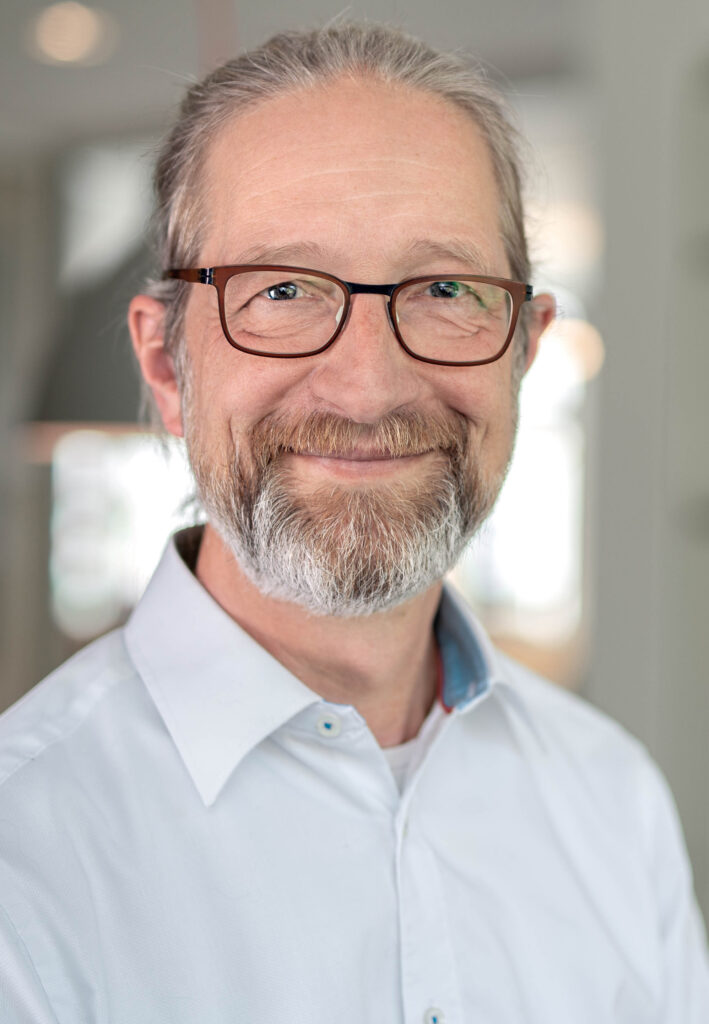
Among other things, personal goals that he sets himself each year help him to prioritize. If possible, Frank tries to "reinterpret" tasks in such a way that the benefits for him and the achievement of his personal goals are emphasized. This allows him to increase his motivation. The most important thing about his system is that it gives him a clear focus on what is important and creates clarity.
Frank has also set himself explicit rules: be nice and support others instead of just focusing on yourself, but also say no if you run the risk of losing sight of your own goals. His tip for tool selection: The focus should not be on the tool or the mechanics, they are only aids.
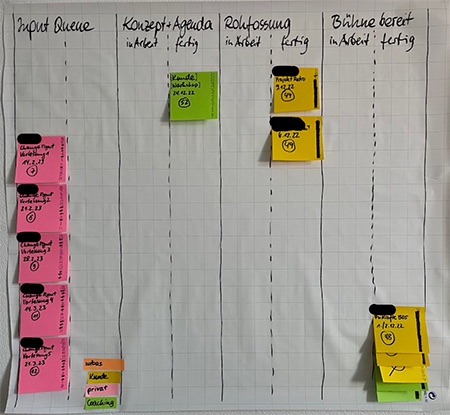
Jan Jung uses an innovative system for task management by reinterpreting a document folder
As you can see in the picture, he has drawn the columns of his Kanban board directly into the folder and organizes his activities with the help of Post-its.
One advantage for Jan is that he can always start his work quickly thanks to this mobile and uncomplicated method. The system also creates focus, as writing down tasks and thoughts ensures transparency and frees up mental capacity.
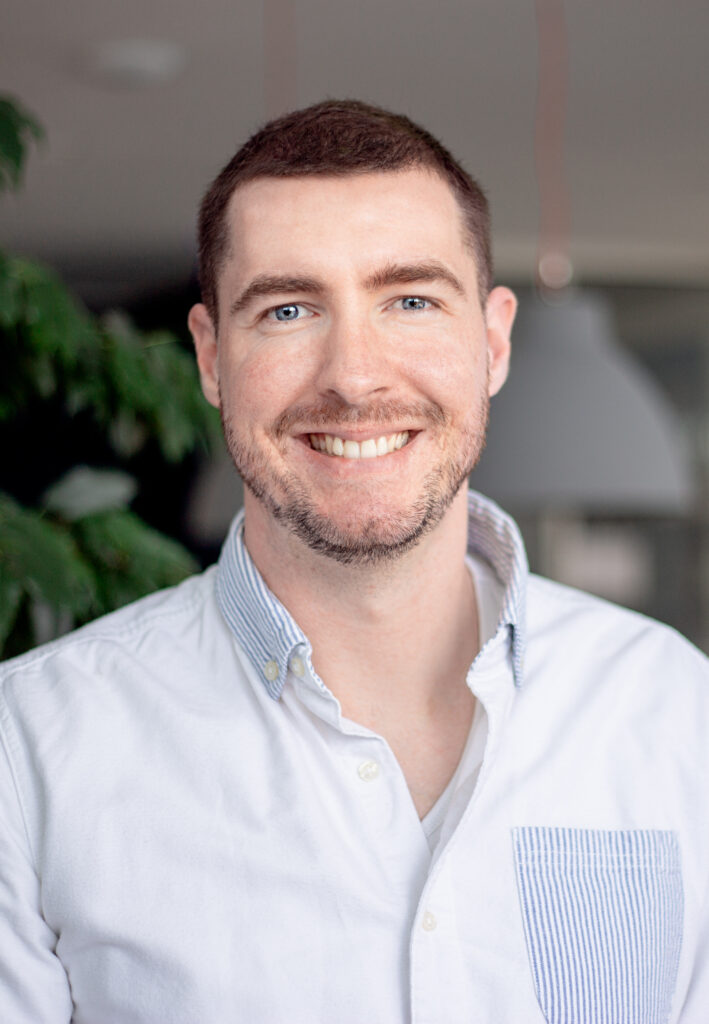
The board clearly shows which topics are currently in the foreground and where changes are needed. For more extensive tasks, Jan Harvey uses balls to visualize the progress status.
A special aspect for Jan is that he integrates both personal and professional aspects on his board. This allows him to ask himself specifically how a particular task contributes to these goals and prioritize accordingly.
One point that annoys Jan: the handling of smaller tasks that require more time for documentation than for implementation.
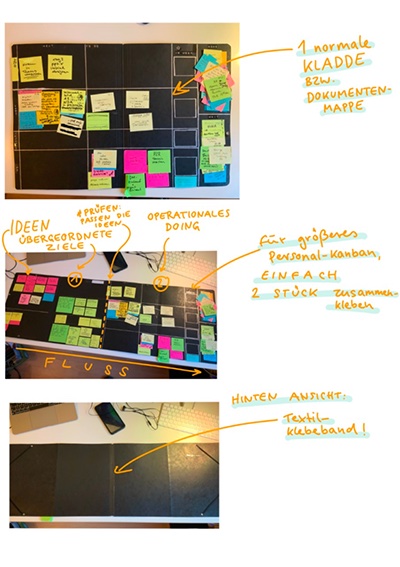
Timo Foegen was looking for a task management solution for a home remodeling project
He has developed the tool Asana used. The special feature: The two families living in the house were able to plan together and even integrate tradesmen directly. All documents, notes and the entire history are in one place, while file uploads and comments offer additional options.
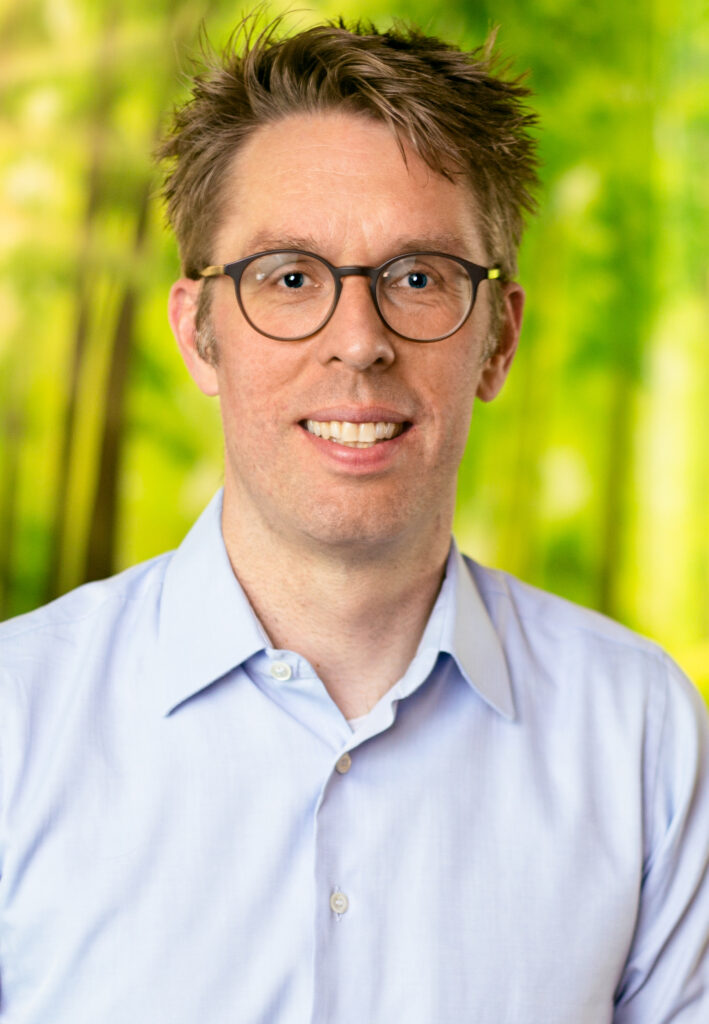
It is difficult for him when information can be found in several different places. This requires discipline and a common understanding of how information should be organized. His tip: you shouldn't be dazzled by the range of functions of a tool, but instead make sure that you maintain your own focus.
Lutz Koch has to organize information from different tools and contexts
Lutz manages his professional tasks with the programs Odoo and Businessmap. The tasks of the customer team, especially those associated with fixed deadlines, are primarily located in Odoo. In addition, in his role as HR manager, he also uses private or closed virtual boards on which certain tasks are coordinated. Internal wibas tasks can usually be found in Businessmap.
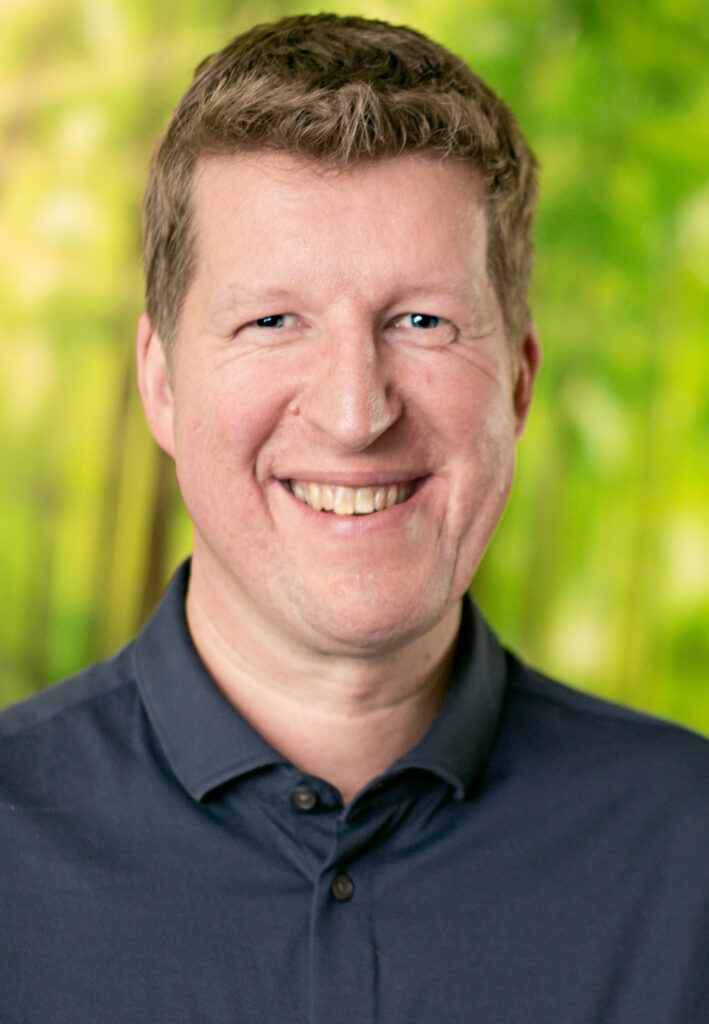
Lutz also uses the "Agenda" app to create notes. A key feature of this app is the ability to link notes and lists directly to appointments from your own calendar. This means that appointments are always associated with the corresponding notes. He also uses them for other notes, tasks and their tracking. Sometimes Lutz also uses messaging apps to send himself messages, for example in the form of a voice message via Microsoft Teams or an email to himself.
One advantage of his system for Lutz is that he can always see which task is due next. The integration of scheduled and non-scheduled notes and tasks in particular helps him with planning, allowing him to prepare for his appointments in detail. One disadvantage from his point of view is the parallel use of several programs, which sometimes makes tasks redundant. He therefore misses a central point of contact, the single point of truth.
Tina Eisoldt swears by the haptic experience of physical notes
Tina also uses Odoo and Businessmap in her everyday work. Odoo is her main tool, especially as a Kanban sales pipeline. What she particularly appreciates about Odoo is that she can find all the documentation for a task directly on a map and doesn't have to search for information in a cluttered inbox. Another highlight for Tina is that her entire team uses Odoo regularly and reliably; she knows that everyone maintains it and accesses it regularly. Still, she sometimes finds it challenging to navigate between different tools, especially when data needs to be double-checked and updated.
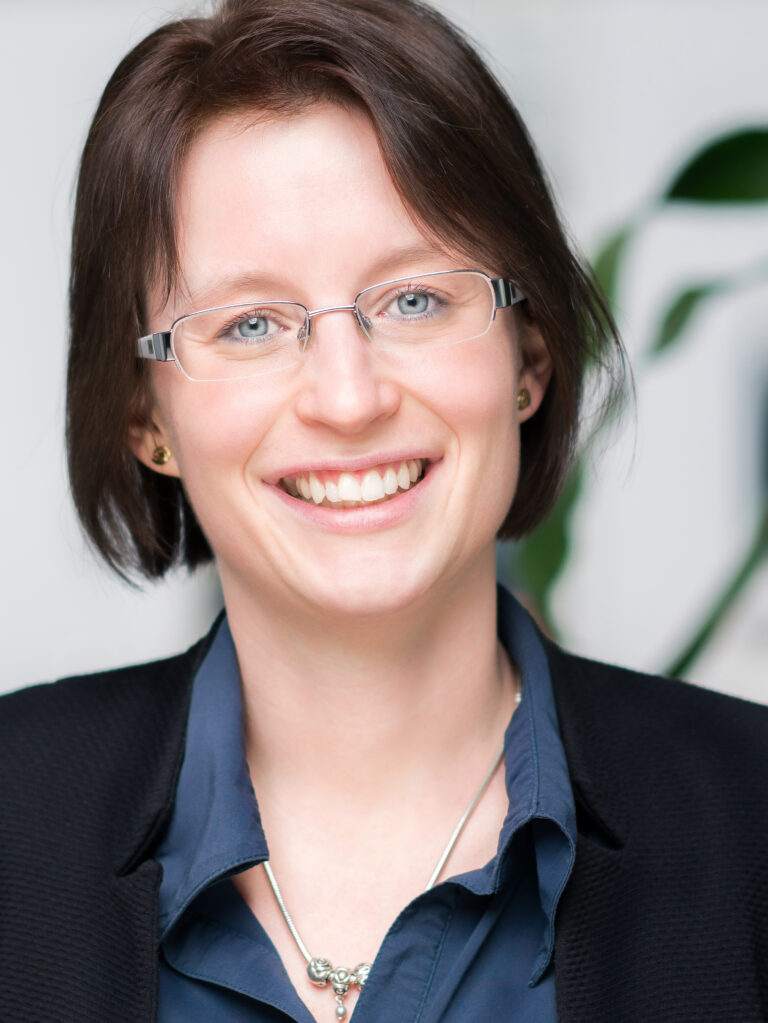
Tina currently uses a bullet journal for her notes. She collects her thoughts and tasks there and re-enters open points as required. The feel of the physical notebook is particularly important to her.
She also really appreciates her physical calendar. It not only helps her organize her personal tasks, but also keeps track of her family's appointments. Every week, she takes the time to transfer open items. Tina finds the current format, where she has a week on two pages, particularly practical, even if she occasionally realizes that she can't get some things done as quickly as she would like.
When it comes to daily and weekly planning, Tina tries to integrate all her tools - Odoo, notebook and calendar - in the best possible way. There are no set times for her planning sessions, but she usually takes a quick look at her Outlook calendar the evening before, then checks Odoo to see what's coming up the next day and finally pulls out her notebook. This way, she always has a good overview and can prioritize her tasks wisely.
What I have learned for my task management
I noticed some similarities in the conversations:
- Visualization: Everyone uses some form of visual representation, be it through Kanban boards, post-its, timelines or other means to visualize their tasks and progress.
- Goal orientation: Everyone emphasizes the importance of goals. Setting personal and/or professional goals helps to prioritize tasks and increase motivation.
- Integration of professional and private aspects: Most integrate both professional and private tasks into their systems, which helps them to ensure a good work-life balance.
- The challenge of using tools in parallel: Many people find the parallel use of different systems an additional effort. A central point of contact, the "single point of truth", would often be desirable. At the same time, separation can be useful, especially when it comes to easily separable, specific information.
- Focus and prioritization: Everyone emphasizes the importance of clarity and focus in their system. Writing down and organizing tasks makes it possible to maintain an overview and prioritize important tasks.
- Evolving systems: All colleagues emphasized that their systems have evolved over time and will probably continue to do so. This underlines the fact that regular adjustments are more important than striving for a perfect system from the outset.
These experiences show that there is no system that works equally well for everyone. For us, this means that everyone has to find their own way out of the labyrinth. The most important thing is to regularly take time for reflection and adjustment and to ensure focus.

Write a comment